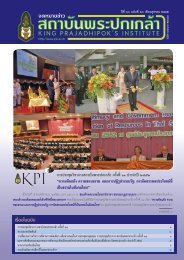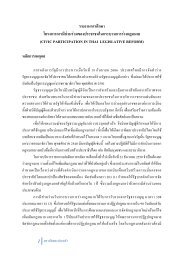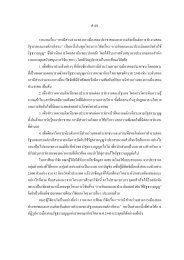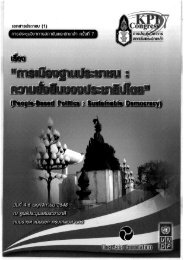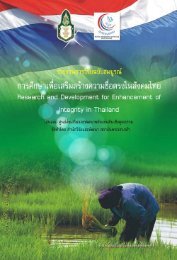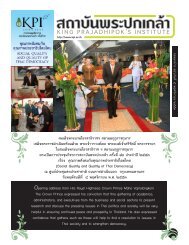SUFFiciENcy EcONOMy ANd GRASSROOtS DEvElOPMENt
SUFFiciENcy EcONOMy ANd GRASSROOtS DEvElOPMENt
SUFFiciENcy EcONOMy ANd GRASSROOtS DEvElOPMENt
You also want an ePaper? Increase the reach of your titles
YUMPU automatically turns print PDFs into web optimized ePapers that Google loves.
The Meaning of Sufficiency Economy <br />
International Conference<br />
317<br />
Sufficiency Economy Practices in Hill Area of India: <br />
Case of Uttarakhand <br />
<br />
<br />
<br />
<br />
<br />
<br />
<br />
Abstract <br />
Uttarakhand is a state which has witnessed big difference in the development<br />
of its plain and hill region. People of hill region were suffering from lack of various<br />
facilities like education, employment, health facilities, credit facilities and skill<br />
development. Due to which migration of male population has increased to other<br />
areas in the search of livelihood. Burden of female has increased due to dual<br />
responsibility of house and field. For putting halt on the migration government and<br />
local communities has launched various schemes like Joint Forest Management,<br />
NREGA, National Rural health Mission, Right to Education and others. This paper<br />
analyzed the impact of these schemes on the tendency of migration of local male<br />
population. The role of these schemes in creating self sufficiency of the region has<br />
been analyzed with the help of questionnaire survey. The study limitation and future<br />
scope has been proposed in the end of study. <br />
<br />
Introduction <br />
Uttarakhand is a Province of India formed on November 9, 1999. The state’s<br />
vision is to include both human and economic development (Dewan and Bahadur,<br />
2005), and economic development should be supported with environmental<br />
conservation. Most of its part is distributed over Himalaya hills and divided in to<br />
two parts Garhwal and Kumaon. Uttarakhand covers an area of 53 485 km2, of<br />
which about 68% is nominally under forest cover (Sati, 2005). It consists of 13<br />
districts namely, Chamoli, Pauri, Tehri, Uttarkashi, Dehradun, Haridwar and<br />
Rudraprayag in the Garhwal region and Nainital, Almora, Pithoragarh, Udham<br />
Singh Nagar, Champawat and Bageshwar in the Kumaon region.



